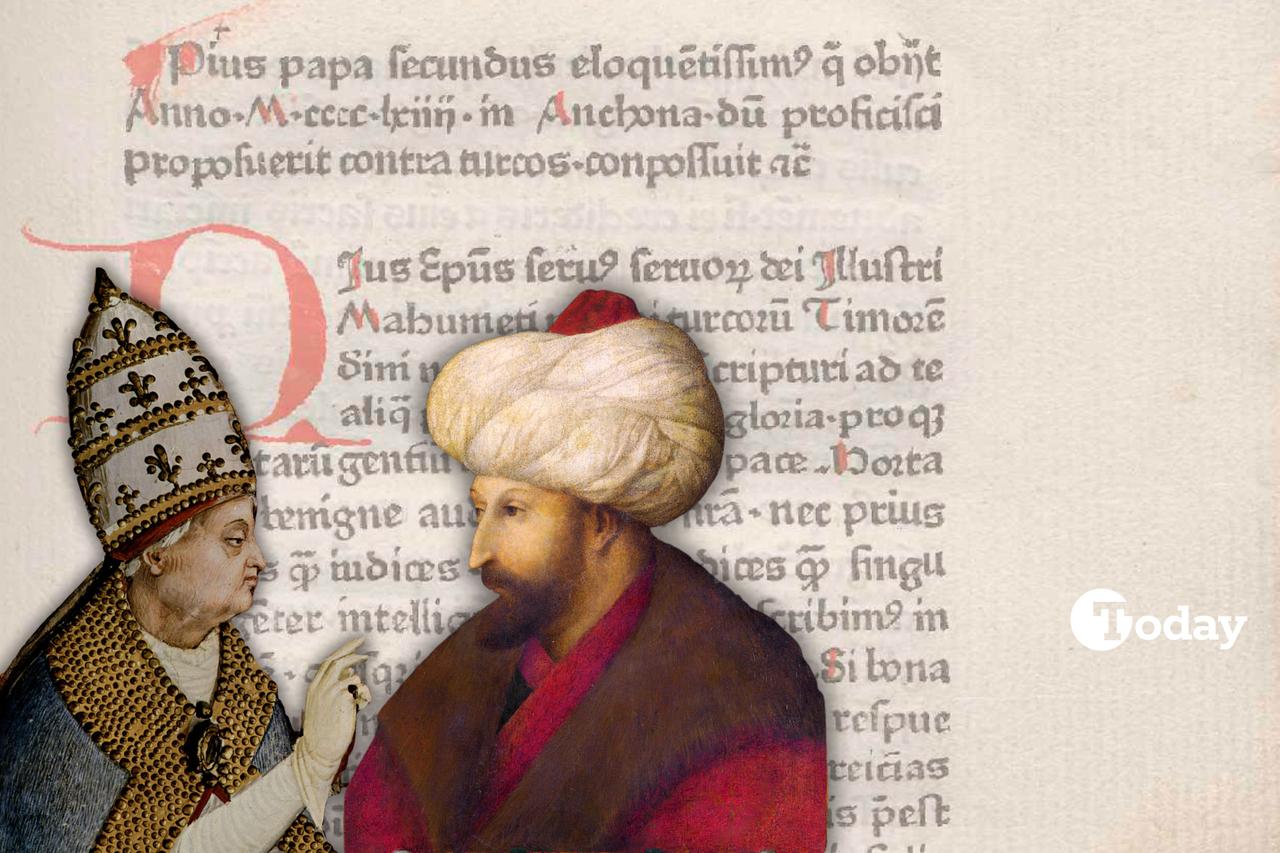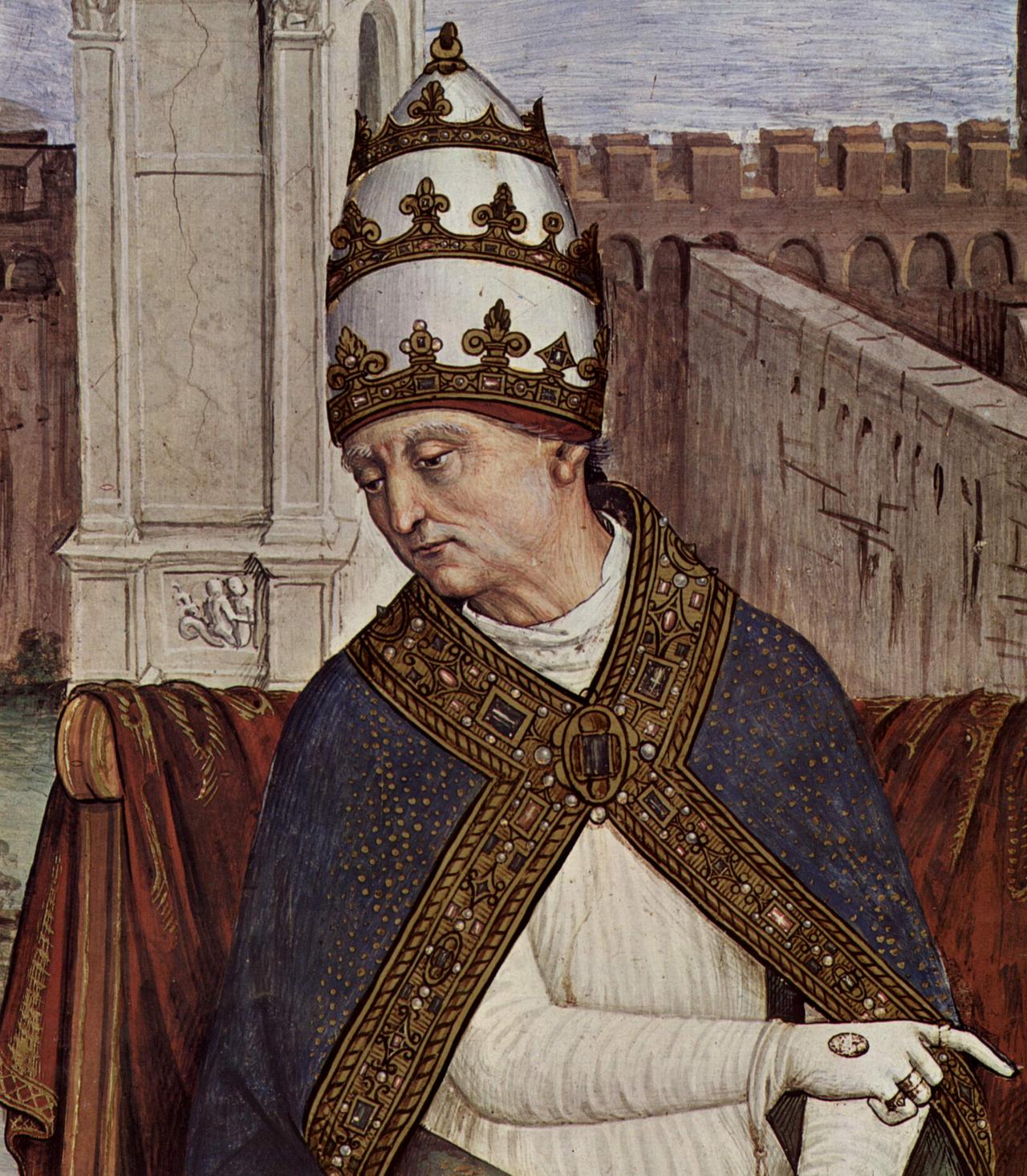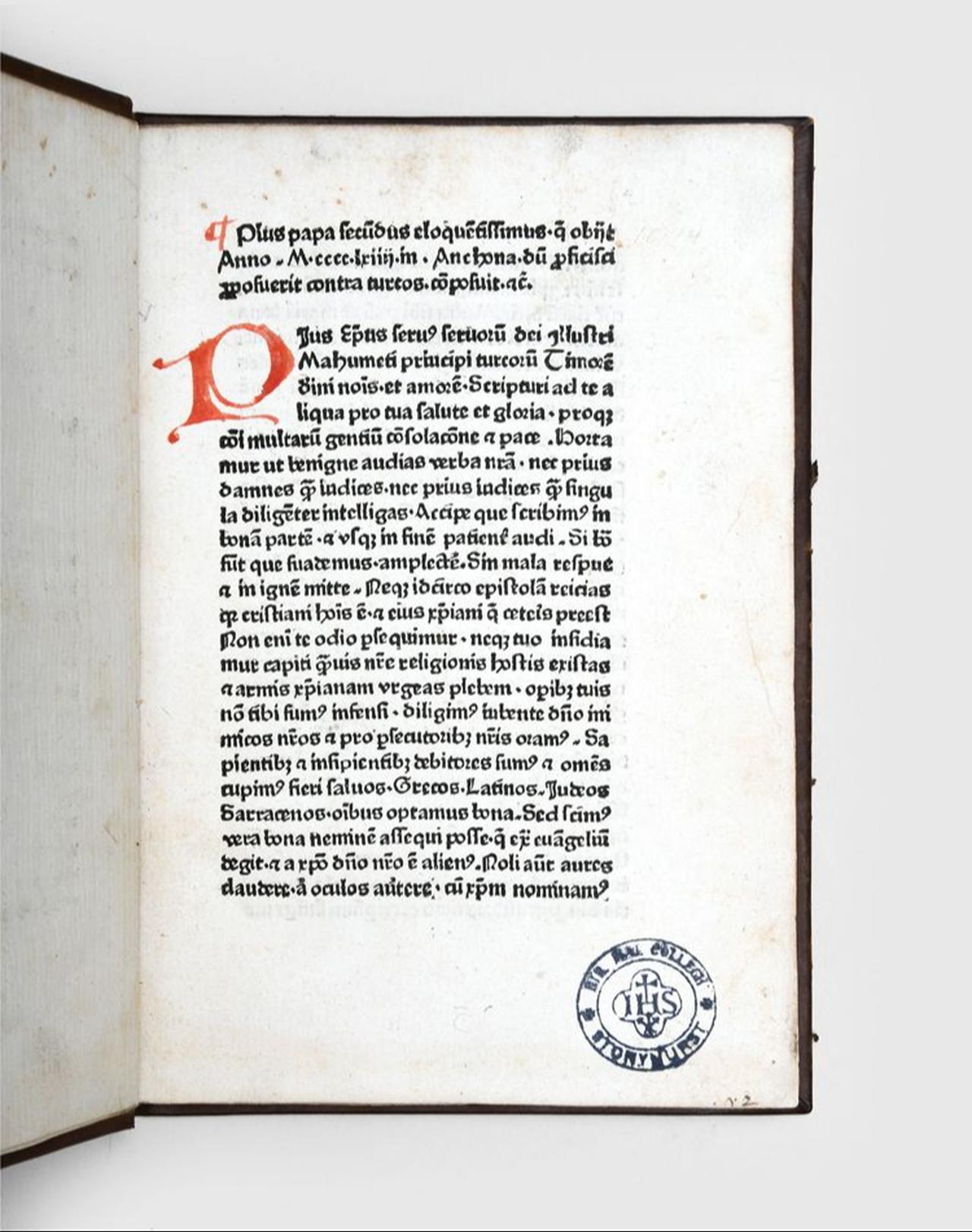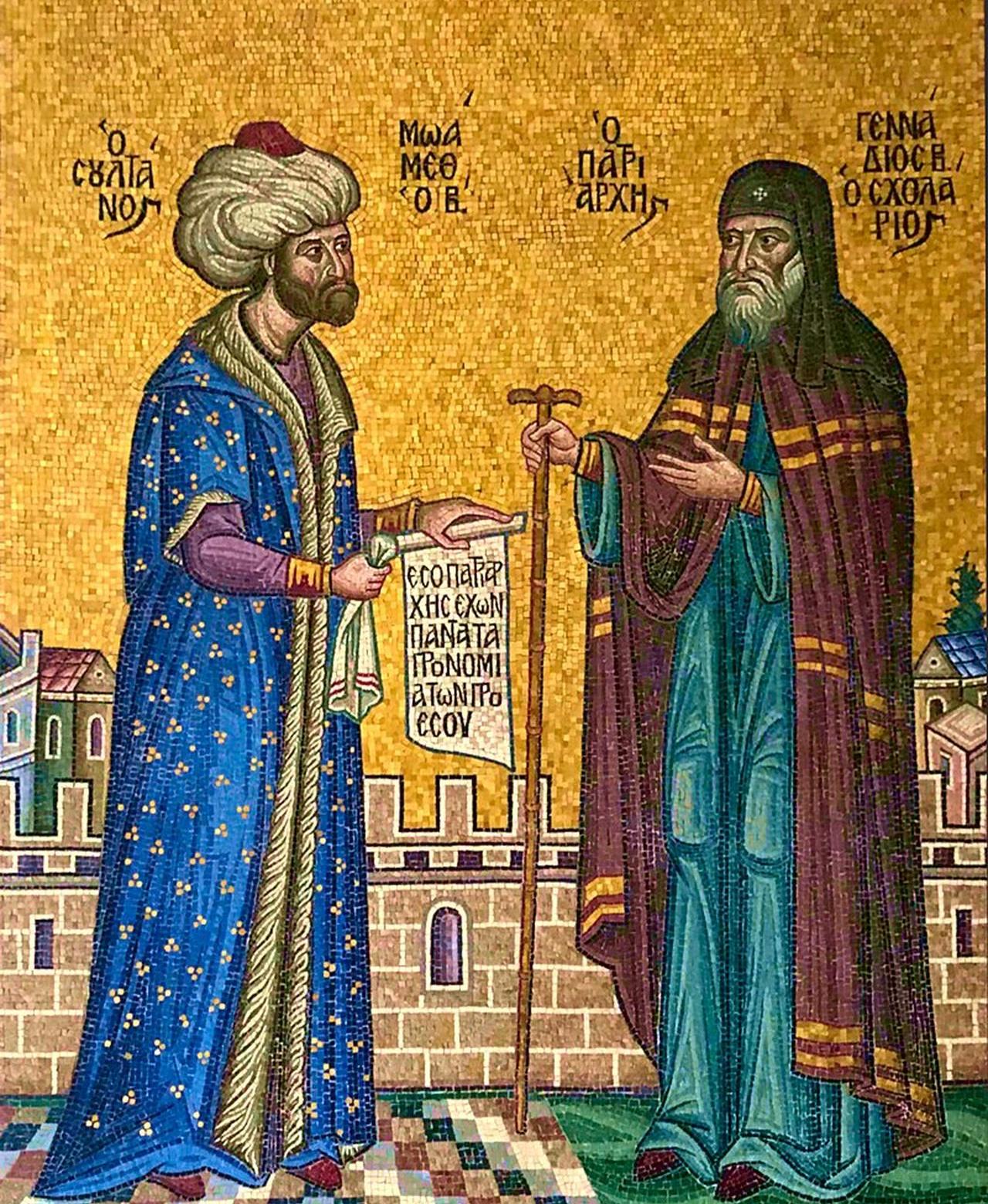
A letter written in 1461 by Pope Pius II to Sultan Mehmed II, known in the West as Mehmed the Conqueror, resurfaced in recent debates when it was mistakenly presented as a newly uncovered document from the Vatican archives.
In reality, historians have examined this text for nearly a century, with scholars from Zinkeisen and Jorga to Babinger, Setton, and Schwoebel publishing detailed analyses.
The most recent academic study was prepared by Ozden Mercan as a thesis in 2013.

Elected in 1458, Pius II inherited the papacy at a critical moment. The years of his rule coincided with the rapid expansion of Ottoman forces under Sultan Mehmed II.
The pope’s attempts to rally European rulers for a new Crusade failed repeatedly, and his hopes to stop Ottoman conquests steadily faded. In this atmosphere of defeat, Pius II shifted strategy.
Instead of launching armies, he sought to persuade the sultan himself to embrace Christianity, believing that such a conversion would secure Europe’s salvation.
This idea was not entirely new. European circles had long speculated about Sultan Mehmed’s religious leanings.
The sultan had debated with the Orthodox Patriarch Gennadius on Christian doctrine and even requested a translation of twenty chapters of the Bible.
Reports also circulated that Sultan Mehmed’s mother had been Christian and that he could recite the “Pater Noster,” the Lord’s Prayer. Some even suggested he was secretly Christian.
These rumors reflected Europe’s desperation rather than reality, as Christian powers struggled to resist Ottoman advances.

In his Latin text titled Epistola ad Mahumetem (Letter to Mehmed II), Pius II offered the Ottoman ruler both spiritual and worldly rewards. He promised that with only a few drops of baptismal water, Sultan Mehmed could become “the greatest, the strongest, and the most famous among the living.”
The pope argued that the sultan’s rule would be recognized as legitimate, Christian monarchs would submit to him, and he would be celebrated across cultures. The letter also emphasized that earthly kingdoms were temporary, while salvation through Christ offered eternal glory.
Pius II’s aim was not limited to conversion. He envisioned creating a Christian empire in the East under papal spiritual authority, hoping this would both legitimize Sultan Mehmed’s conquests and intimidate European rulers.
He compared the potential role of Sultan Mehmed to that of Emperor Constantine, who had led the Romans into Christianity.
In this vision, Turks would follow their ruler into the Christian faith, and Sultan Mehmed’s dominion would surpass that of all other monarchs.

Despite its boldness, the pope never sent the letter directly to Mehmed, possibly fearing rejection or political consequences. Instead, the text was printed during the sultan’s lifetime, first in Cologne in 1469 and later in Treviso in 1475.
The letter became known as a striking example of Renaissance rhetoric rather than a diplomatic tool.
Centuries later, historian Kemal Beydilli noted that among Pius II’s letters there exists a text presented as Mehmed’s reply. Although its authenticity remains uncertain, the letter is remarkable.
In it, the Ottoman ruler supposedly invited the pope to accept Islam, undergo circumcision, and take the post of chief religious authority—an ironic counter to the pope’s proposal.